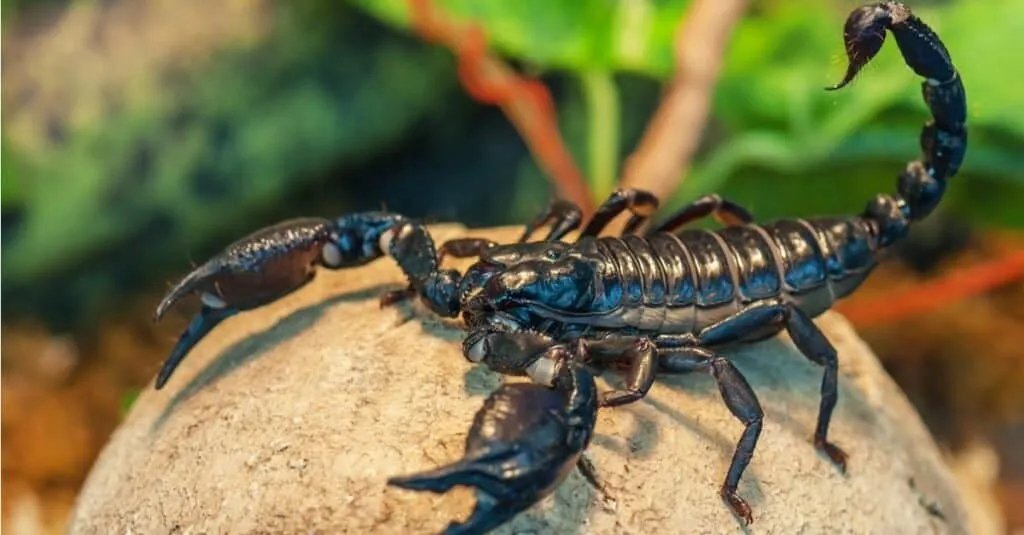7 Amazing Facts About Scorpion Pets
Scorpions, with their intimidating pincers and venomous stingers, often evoke fear and fascination in equal measure. But beyond their potentially dangerous reputation lies a world of incredible adaptations and behaviors, making them surprisingly captivating pets. If you are considering a scorpion pet, you’re in for an exciting journey into the world of arachnids. This article unveils seven amazing facts about these fascinating creatures, helping you appreciate the unique aspects of keeping a scorpion as a pet. From their ancient lineage to their specialized diets, get ready to have your perception of scorpions transformed, opening your eyes to the wonder of these often-misunderstood animals.
Scorpion Anatomy & Types
Understanding scorpion anatomy is the first step in appreciating these creatures. Scorpions are arthropods, belonging to the class Arachnida, which also includes spiders. They possess a segmented body consisting of a cephalothorax (fused head and thorax) and an abdomen (tail). The most recognizable feature is their tail, or metasoma, which ends in a venomous stinger called a telson. Scorpions have eight legs, a pair of pedipalps (large pincers used for grasping prey), and chelicerae (small mouthparts used for feeding). Their exoskeleton provides protection and support. The anatomy varies slightly between species, but the fundamental structure remains consistent.
Different Scorpion Species
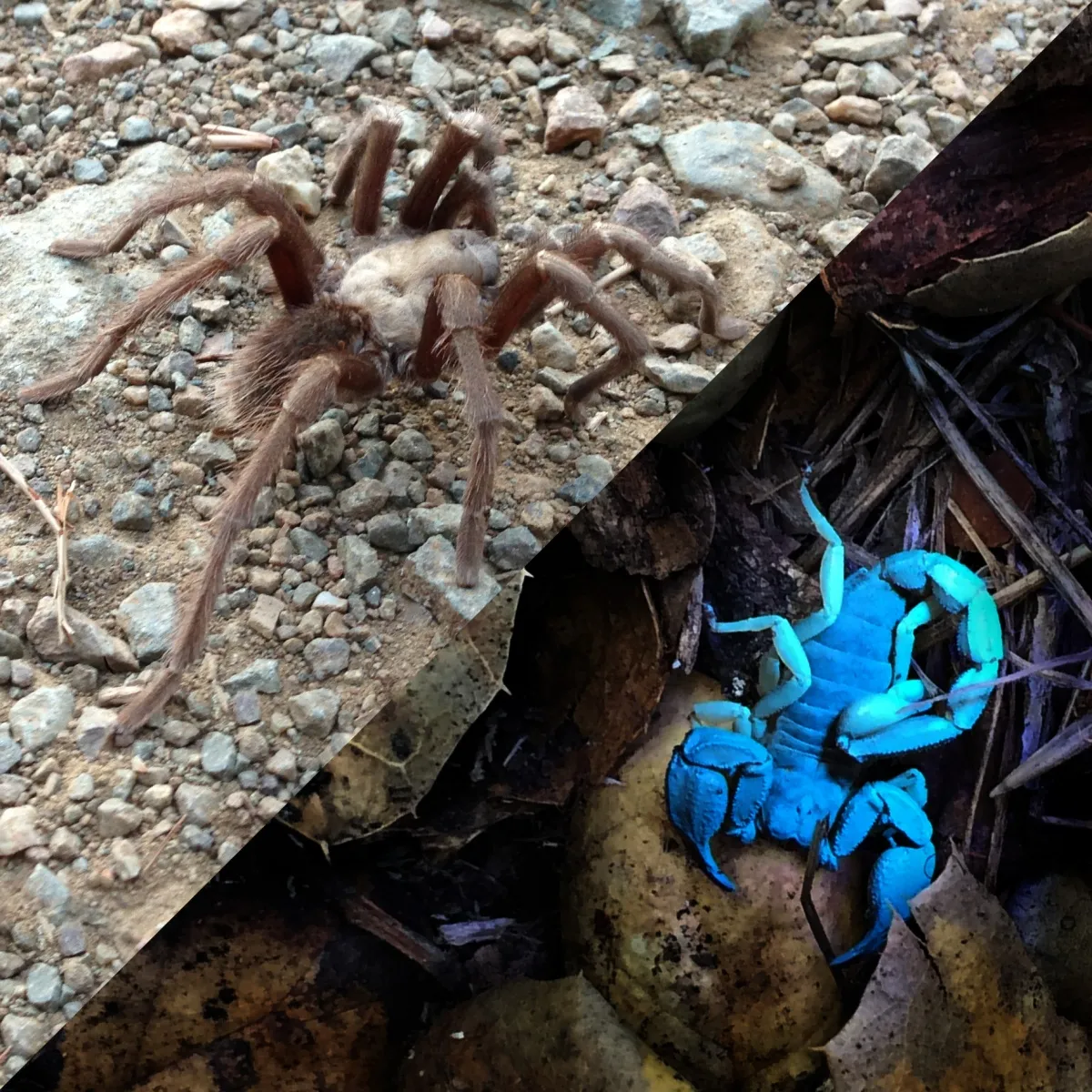
There are over 2,000 scorpion species worldwide, each with unique characteristics and habitats. Some popular pet scorpion species include the Emperor Scorpion (Pandinus imperator), known for its large size and docile temperament. Another popular pet is the Asian Forest Scorpion (Heterometrus species), which are also typically docile. The Arizona Bark Scorpion (Centruroides sculpturatus) is best left to experienced keepers due to its more potent venom. Scorpion sizes range from less than an inch to over 9 inches. It is important to research species-specific needs before acquiring a scorpion to make certain their individual needs are met.
Where Scorpions Live
Scorpions are incredibly adaptable and occupy a wide range of habitats. They thrive in deserts, grasslands, forests, and even urban environments. They are found on every continent except Antarctica. Their distribution is heavily influenced by factors like temperature, humidity, and the availability of prey. Many scorpions prefer hiding places, such as under rocks, logs, or burrows. Some species are arboreal, living in trees, while others are fossorial, living underground. Their habitats vary widely, reflecting the diversity of the scorpion family.
Scorpion Behavior & Characteristics
Scorpions exhibit fascinating behaviors, including hunting strategies, mating rituals, and defensive mechanisms. They are primarily nocturnal hunters, using their pincers to grasp prey and their venom to subdue it. Some scorpions are ambush predators, waiting patiently for unsuspecting victims. Mating involves elaborate dances, and the female often carries the young on her back until they are old enough to fend for themselves. Their overall behavior is geared toward survival in their environment.
Nocturnal Nature

Most scorpions are nocturnal, meaning they are active primarily at night. This behavior is an adaptation to avoid the harsh daytime heat and to prey on nocturnal insects and other invertebrates. During the day, scorpions seek shelter in burrows, under rocks, or in other protected locations. Their nocturnal habits make them intriguing to observe, but also require pet owners to understand their activity cycles and provide appropriate lighting and environmental conditions in captivity.
Defensive Mechanisms
Scorpions have evolved several defensive mechanisms to protect themselves from predators. Their most obvious defense is the stinger, which they use to inject venom. The venom can range from mild to highly potent, depending on the species. Scorpions also use their pincers to grasp and pinch threats. Some species can also produce a defensive spray or use their bodies to make themselves appear larger and more intimidating. Their various defensive strategies are critical to their survival in the wild.
Scorpion Care: Habitat & Housing
Creating a proper habitat is critical for a pet scorpion’s health and well-being. The enclosure should provide a safe and comfortable environment that mimics their natural habitat. This includes selecting an appropriate enclosure size, providing suitable substrate and decor, and maintaining the correct temperature and humidity levels. A well-designed habitat not only meets the scorpion’s physical needs but also enhances its natural behaviors, making it a more interesting and enjoyable pet.
Choosing the Right Enclosure
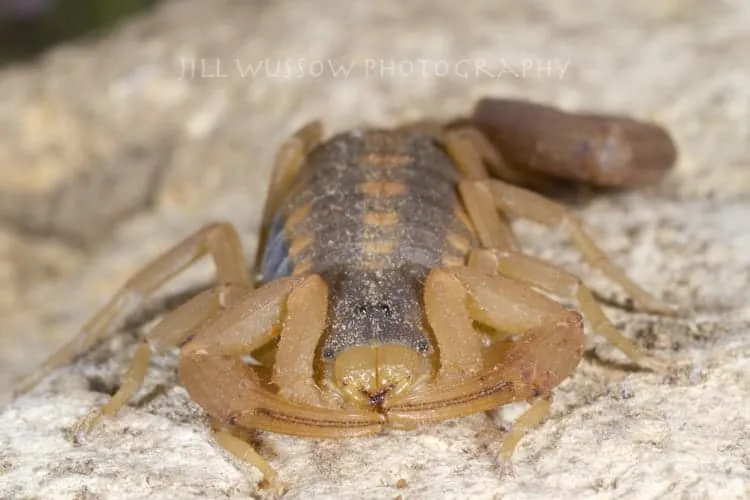
The enclosure should be large enough for the scorpion to move around comfortably. Glass or plastic terrariums are often used, with secure lids to prevent escape. The size of the enclosure depends on the species and the size of the scorpion. Avoid overly large enclosures, especially for smaller species, as the scorpion may feel insecure. Ventilation is essential, but the enclosure should also be able to retain humidity. The enclosure must be escape-proof.
Substrate & Decor
Substrate provides a comfortable surface for the scorpion to walk on and helps maintain humidity levels. Appropriate substrates include coconut fiber, peat moss, or a mixture of both. Avoid substrates that can be harmful if ingested. Provide plenty of hiding places, such as cork bark, artificial plants, or rocks. These elements provide security and allow the scorpion to exhibit its natural behaviors, such as burrowing or hiding. Ensure all décor is safe, stable, and non-toxic.
Temperature & Humidity
Scorpions require specific temperature and humidity levels to thrive. Use a heat mat or a low-wattage heat lamp to maintain the appropriate temperature gradient within the enclosure. Humidity can be maintained by misting the enclosure regularly or by placing a water dish inside. The exact temperature and humidity requirements vary depending on the species. Use a thermometer and hygrometer to monitor these conditions regularly. Regular monitoring and adjustment are crucial for maintaining the scorpion’s health.
Scorpion Care: Diet & Feeding
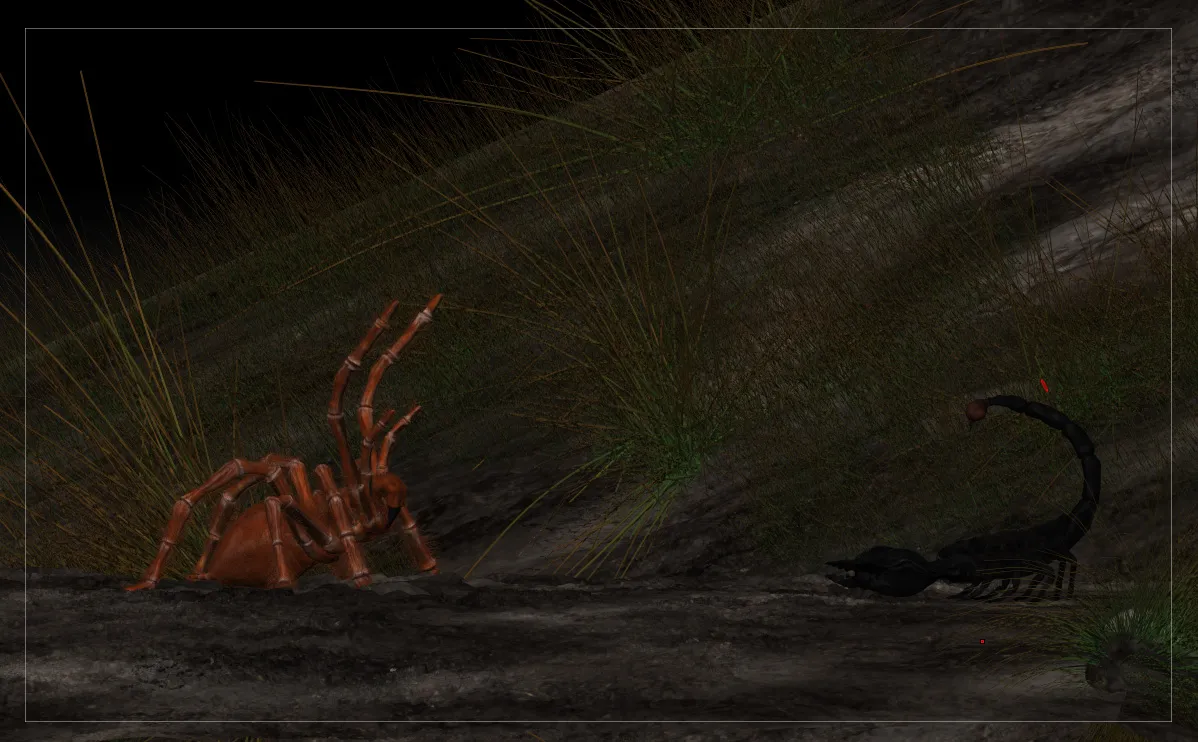
Feeding your scorpion is a straightforward process, but requires understanding their dietary needs. Scorpions are carnivorous and primarily feed on insects. The frequency of feeding depends on the scorpion’s age, size, and species. Providing a balanced diet, ensuring access to water, and understanding the importance of the feeding process all contribute to the scorpion’s well-being.
What Scorpions Eat
Scorpions primarily feed on live insects such as crickets, mealworms, and roaches. The specific prey items should be appropriate for the size of the scorpion. Insects should be gut-loaded with nutritious food before feeding to the scorpion. Avoid feeding wild-caught insects, as they may carry parasites or pesticides. Varying the diet with different insects will provide a more balanced nutrition profile for your pet.
Feeding Frequency
Feeding frequency depends on the species and the size of the scorpion. Young scorpions often need to be fed more frequently than adults, sometimes multiple times a week. Adult scorpions can usually be fed once or twice a week. Remove any uneaten insects after a day or so to prevent them from stressing the scorpion. Overfeeding can lead to health problems, so monitor your scorpion’s size and activity levels to ensure proper feeding.
Watering Your Scorpion
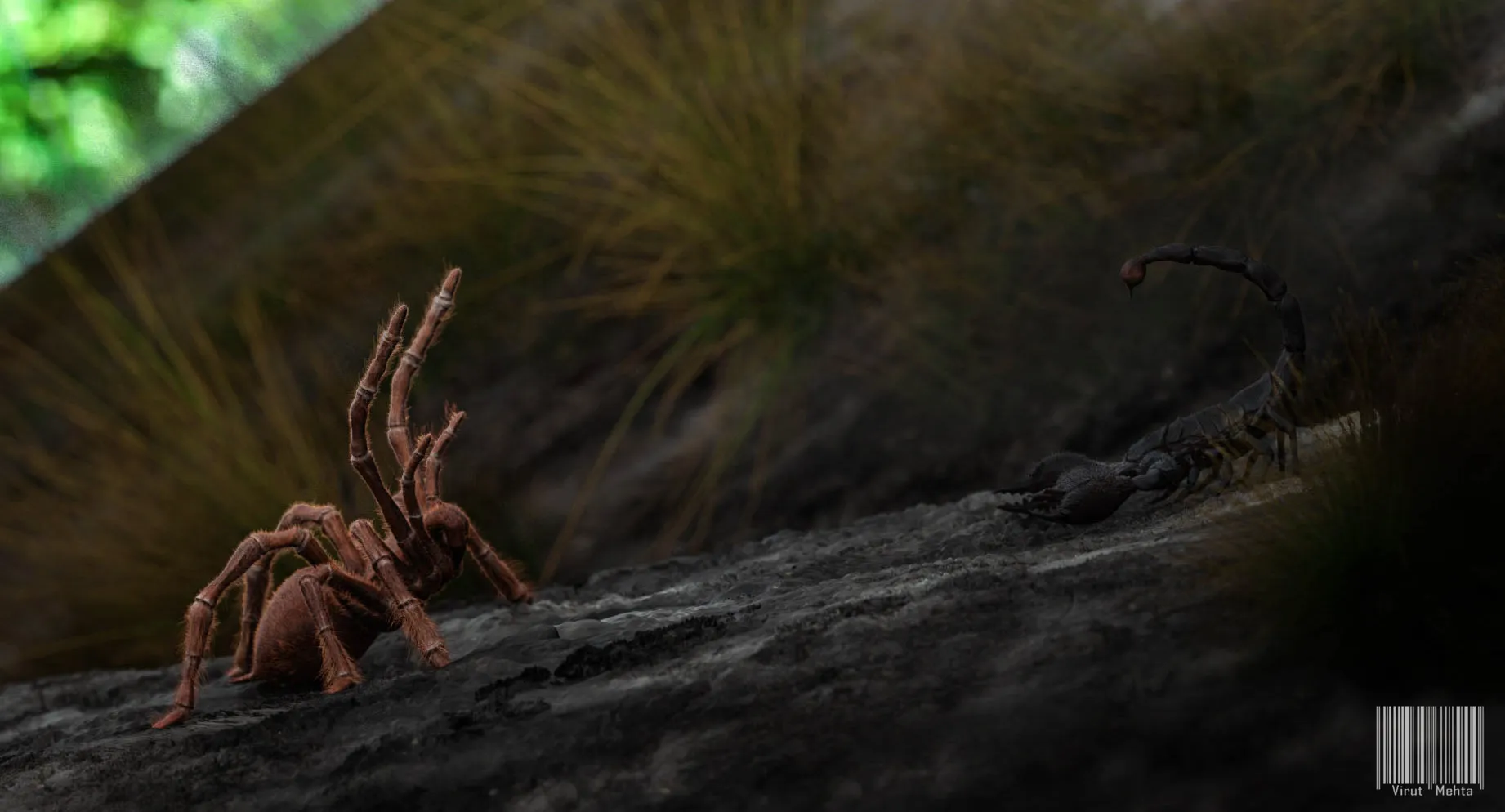
Scorpions need access to fresh water at all times. Provide a shallow water dish or a water source like a bottle cap with water. Ensure the water source is shallow to prevent the scorpion from drowning. Misting the enclosure can also help provide moisture, but do not over mist, which can increase the likelihood of mold growth. Replace the water regularly to keep it clean.
Scorpion Health & Handling
Understanding scorpion health and handling is essential for responsible pet ownership. Scorpions, like any pet, can experience health problems. Safe handling practices are crucial for protecting both the owner and the scorpion. Addressing health concerns promptly and knowing how to handle the animal correctly are keys to a positive pet ownership experience. Knowing the risks associated with scorpion venom is also important.
Common Health Issues
Scorpions can experience health issues such as mites, fungal infections, and dehydration. Mites can be a common problem in scorpion enclosures, so inspect your scorpion regularly for signs of infestation. Fungal infections can occur in enclosures with poor ventilation or excessive humidity. Dehydration is a serious concern, so make sure your scorpion has access to water. If you suspect a health problem, consult a veterinarian experienced in exotic animals for advice.
Safe Handling Practices
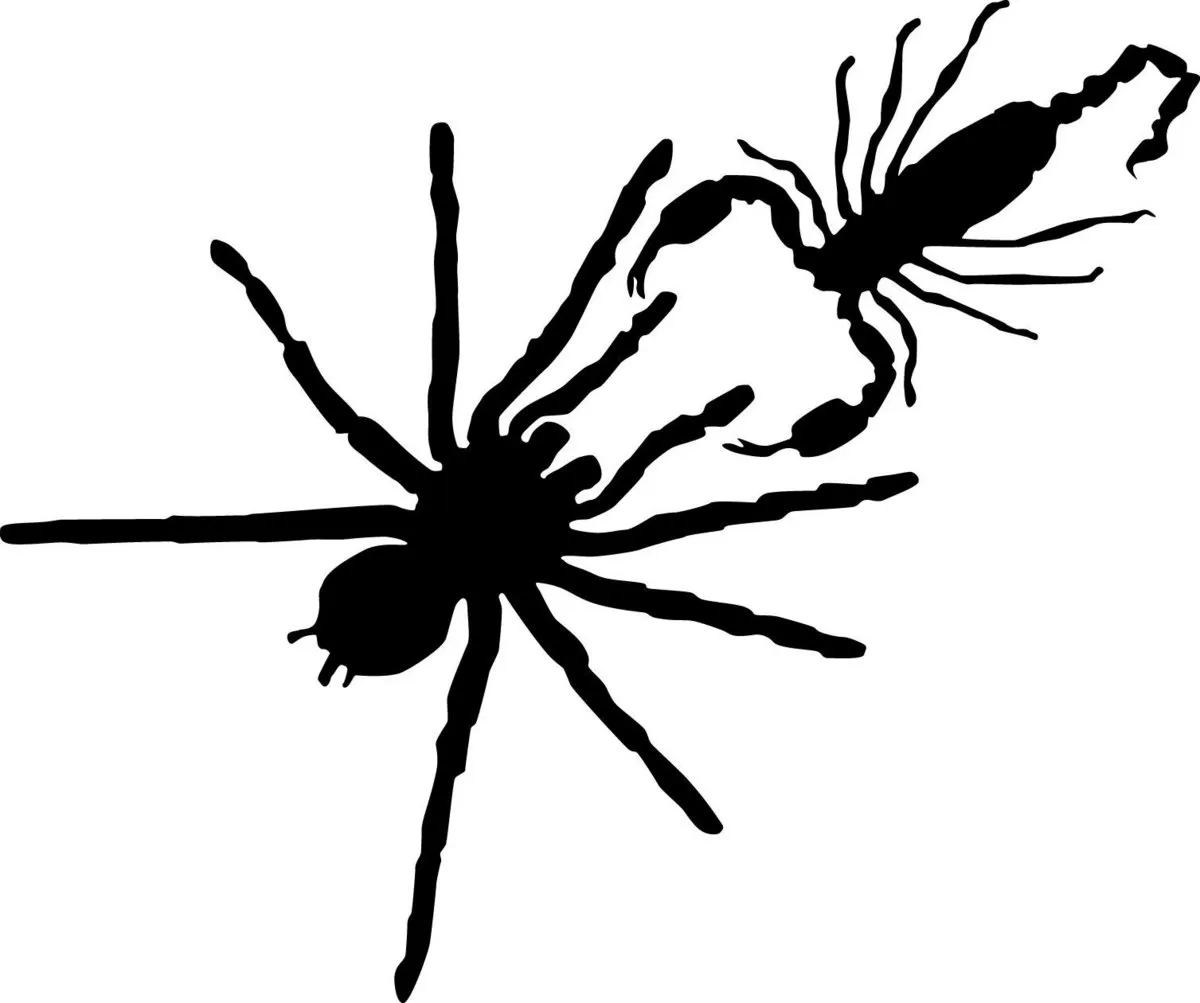
Handling scorpions should be done with caution. Some species are more dangerous than others. Avoid direct contact, as the stinger can deliver a painful venomous sting. Use long tongs or a similar tool to handle the scorpion, if necessary. Always wash your hands thoroughly before and after handling the scorpion or anything in its enclosure. Never handle a scorpion if you are unsure of the species or its temperament.
The Venom Question
The potency of scorpion venom varies greatly depending on the species. The Emperor Scorpion, for example, has relatively mild venom, while the Arizona Bark Scorpion has a much more potent venom. Most scorpion stings are painful but not life-threatening to healthy adults. However, allergic reactions are possible. If stung, seek medical attention, especially if symptoms worsen. Be aware of the specific risks associated with the scorpion species you own.
Scorpion as Pets: Pros & Cons
Deciding whether to keep a scorpion as a pet requires careful consideration of the advantages and disadvantages. While scorpions offer unique qualities, they also come with challenges. Considering both the pros and cons allows for a realistic and informed decision.
Benefits of Scorpion Pets
Scorpions can be low-maintenance pets, as they don’t require frequent interaction or exercise. They are quiet, don’t make any noise. They are fascinating to observe, offering a glimpse into the world of arachnids. They are also relatively inexpensive to maintain compared to some other exotic pets. They can also live for many years, providing long-term companionship, depending on the species. They are also very interesting creatures to observe, and you can enjoy their unique behaviors.
Challenges of Scorpion Ownership
Scorpion ownership has its challenges. Handling can be risky, especially with venomous species. Scorpions require specialized care, including specific temperature, humidity, and feeding requirements. They are not typically interactive pets, and they can be difficult to handle. The availability of exotic vet care may be limited. Owners must be prepared to provide the proper care and habitat for their scorpions.
In conclusion, keeping a scorpion as a pet can be a rewarding experience for those who are well-informed and prepared. By understanding the amazing facts about these creatures, their care requirements, and the potential risks involved, you can decide if a scorpion is the right pet for you. Embrace the fascinating world of scorpions and embark on a unique pet-keeping adventure!
